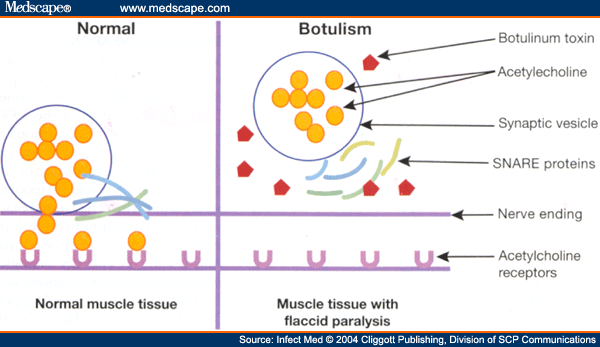What do you do when you have 2.5 dozen eggs, milk that is going to go bad, and a whole bunch of bananas? Healthier bloggers would made smoothies...maybe banana soft serve....egg white sandwiches on whole wheat bread. Not this blogger. She had something more devious in mind...but still containing whole wheat bread (hey, it's all I had!).
Blog world, please meet Bananas Foster French Toast. The most amazing thing I have ever made to eat.
"Doc, you mean it's better than maple roasted brussels sprouts and cranberries?"
Yes. No contest.
"Even better than spaghetti with red clam sauce?"
A favorite go-to meal, but definitely can't touch this.
"Would you go so far as to say you'd never eat another crispy almond cookie again if you had this french toast?"
Friends, I would never NEED a cookie if I always had this toast. This toast is freaking amazing.
In fact, the fiance declared upon taking a bite of this meal that he would have proposed at this instant if he had not done so already. It's my engagement french toast. Move over Glamour Engagement Chicken, a new girl (recipe) is in town. ;)
To make your own Bananas Foster French Toast, this is what you'll need:.
Bananas Foster French Toast
4-5 slices good bread
1 banana
3 eggs
1/4-1/2 c milk
dash cinnamon
1 tbsp sugar
2 tsp vanilla, seperated
1/4 c smart balance spread
1/4 c granulated sugar
1 oz bourbon, cognac, or grand marnier
cool whip or real whipped cream to top
First, you're going to make your french toast base. This is honestly how we normally make french toast around here, so whatever recipe you have up your sleeve should work. In my mix: 3 eggs, 1/4 c milk, 1 tbsp sugar (I use really heavy wheat breads, and I find the sugar helps them taste less bitter), 1 tsp vanilla, dash cinnamon.
Mix it up.
Dip your toast and start them cooking. I prefer medium heat and cooking them nice and slow, but you can do whatever works. If you're cooking for a crowd, you could also preheat your oven to 'low' and store the french toast in there to keep them warm. I did this yesterday. Yes, I ate this two mornings in a row. I'll tell you how I worked off most of the calories on my recap on Wednesday.
Ok, so you're cooking your toast. In another pan, melt the SB and sugar together.
When it gets all liquidy, throw in your bananas. I like mine quartered (for 2 servings), but you can do whatever you like.You see the bubbles? When you get the bubbles, you know it's time for the next stage. You'll want to add your vanilla (1 tsp) and your bourbon to the pan. Swirl it around. If you have a fancy gas stove, you can set it aflame. Or you can be lame like me and give it a couple minutes of cook time to get out most of the alcohol.
Contrary to popular myth, you aren't cooking all the alcohol out when you do this, so think twice before serving to children, elderly, or people on medications that don't mix well with alcohol.
The bubbles will have gone away for a while, but when they return it's go-time. Plate your toast. Place the banana on your toast and drizzle some syrup over it. Top with whipped cream. Drool.
Then go figure out what you're going to do with your excess energy and sugar high. I'm off for a bike ride and then to the waterpark. Enjoy your memorial day holiday, for those who have it off!
Sorry about the blurry pics...I misplaced my good camera in my house...and these are taken with an Ipod Touch. They are pretty good pictures, but I need to find my camera ASAP. PS Those who might be related to me: You can be mad at me for misplacing the camera you gave me, but just be happy I took that Ipod out of its packaging and call it even. Everything is in my apt somewhere, I swear !


















































